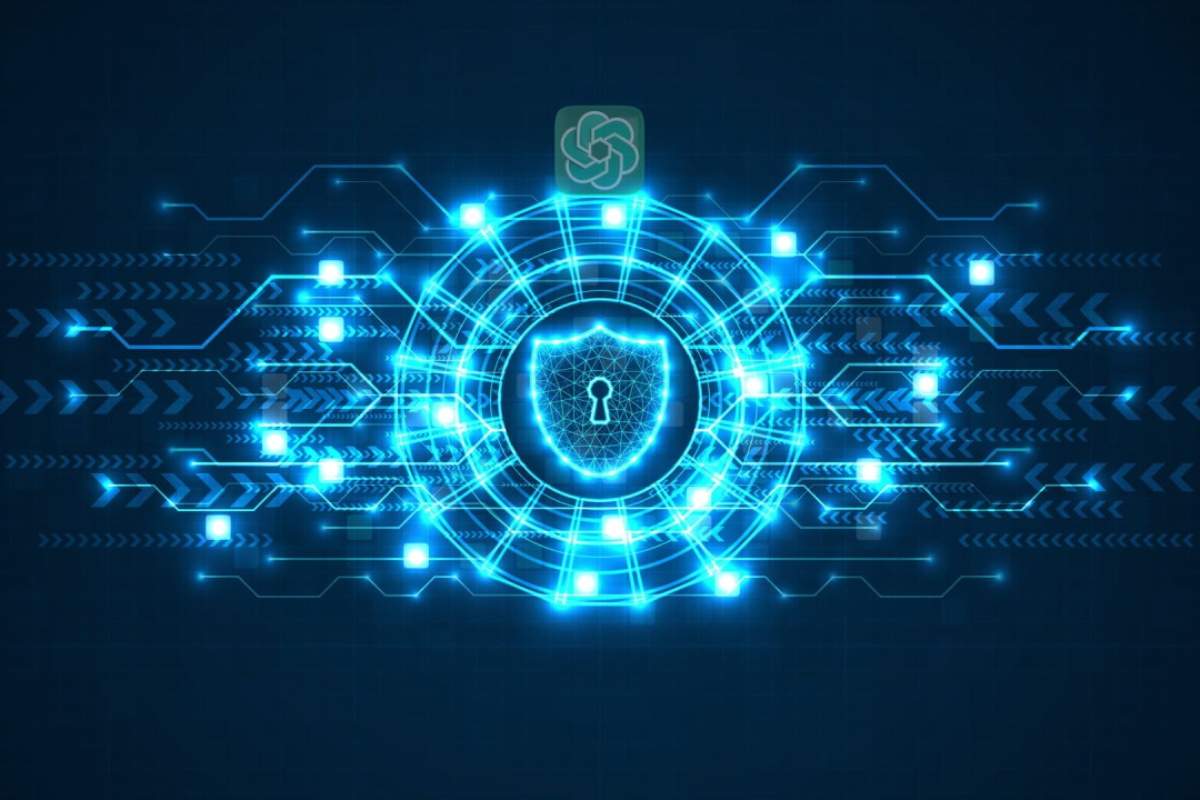The Growing Demand for Transforming Cybersecurity in an AI-Driven World
As digital platforms expand and society’s reliance on them intensifies, the threat landscape has grown increasingly complex, amplifying the need for cybersecurity. With cyber attacks like phishing, identity theft, and ransomware becoming more frequent and sophisticated, organizations and governments face an urgent need to bolster their defenses. The introduction of generative AI into the transforming cybersecurity landscape is both heightening risks and presenting unprecedented opportunities. Generative AI, a powerful tool for content creation and analysis, now stands as a double-edged sword for the cybersecurity industry, capable of both generating threats and empowering security measures.
Transforming Cybersecurity experts—including analysts, engineers, architects, and ethical hackers—are now at the frontline of digital defense. Their roles are evolving to integrate generative AI into traditional security frameworks to identify and combat new and emerging threats. For individuals in cybersecurity or those considering a career in the field, understanding how AI reshapes responsibilities and introduces novel solutions is becoming essential.
Generative AI’s Role Across Key Cybersecurity Domains
The Certified Information Systems Security Professional (CISSP) framework identifies eight core domains within cybersecurity, all of which are affected by generative AI. In Security and Risk Management, AI systems can perform real-time threat assessments, generate risk reports, and suggest mitigation strategies, reducing the response time to evolving cyber threats. For instance, AI can instantly recognize a phishing attack, analyzing patterns across systems to identify high-risk vulnerabilities.
In the realm of Asset Security, generative AI automates sensitive data classification and pinpoints weak links in an organization’s defenses. Security Architecture and Engineering, focused on creating and implementing protective structures, benefits from AI’s capability to simulate various attack scenarios. AI-driven simulations offer insights into potential threats, allowing security professionals to test defenses before actual attacks can occur.
Generative AI is also enhancing Communication and Network Security by employing machine learning to detect anomalies in data transfer. AI-driven models can monitor traffic patterns and flag unusual activities, significantly reducing the likelihood of network breaches. In Identity and Access Management, AI now analyzes user behavior to track access patterns, detect phishing content, and even simulate phishing tests. This enables proactive identification of potential threats while reinforcing user accountability and security practices.
Further, generative AI is streamlining Security Assessment and Testing by automating testing schedules and generating comprehensive reports. Security Operations, essential for incident response, is also seeing a transformation; AI tools can design automatic incident response protocols, allowing organizations to respond faster to intrusions. Finally, in Software Development Security, AI tools automate code reviews, test development, and repository scans, helping developers identify and address vulnerabilities early in the software lifecycle.
Evolving Roles and Skills in the Cybersecurity Profession
The integration of generative AI into transforming cybersecurity roles is changing day-to-day responsibilities and opening new opportunities for skill enhancement. As repetitive and time-intensive tasks become automated, cybersecurity professionals can redirect their focus to strategic decision-making, complex threat identification, and direct collaboration with colleagues. This shift allows them to address sophisticated and unique risks that AI alone cannot solve, such as organizational culture-specific security challenges or unique compliance issues.
Professionals equipped with AI skills will find themselves more adaptable and valuable in an evolving landscape. They will increasingly focus on interpreting the strategic implications of AI findings, aligning security measures with organizational goals, and continuously monitoring emerging threats such as quantum computing’s impact on encryption or the data privacy risks from increased online storage of personal information. Thus, cybersecurity roles are transforming to become more proactive and strategic, contributing to the broader safety of organizations and society as a whole in the digital era.
Cybersecurity professionals who adapt to these technological shifts by upskilling and reskilling will likely find themselves better positioned to thrive. Their role will continue to grow in significance, as generative AI and other technologies reframe the priorities and tactics necessary to ensure cybersecurity in an increasingly connected and digitized world.






